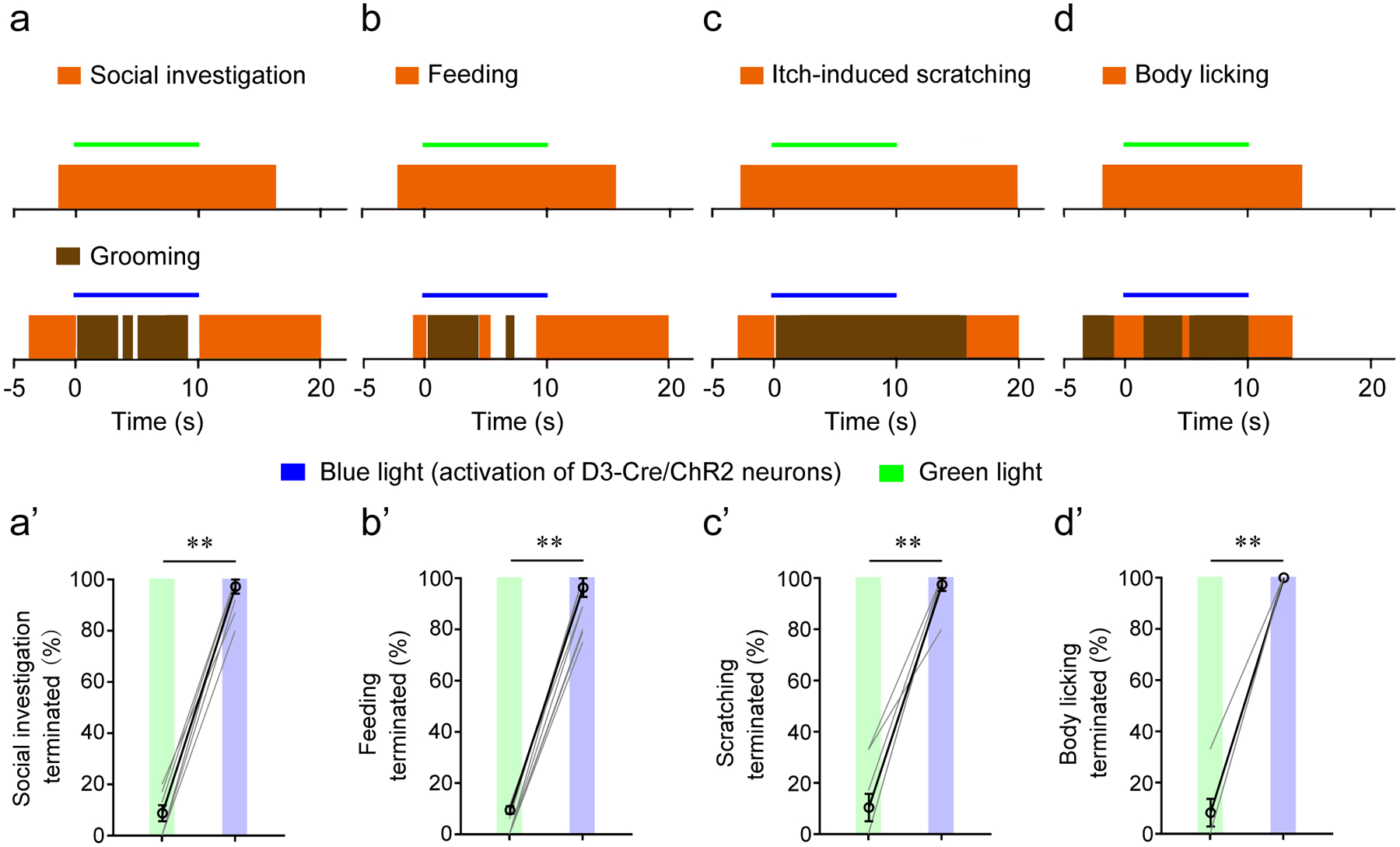Figure 3. Activation of OT D3-Cre/ChR2 neurons induces grooming while suppressing alternative ongoing behaviors.

a-c, Blue light (activation of D3-Cre/ChR2 neurons) or green light (weaker activation of ChR2) were delivered during three ongoing behaviors: social investigation (green light, 74 trials; blue light, 102 trials) (a), feeding after 20-hr food deprivation (green light, 69 trials; blue light, 84 trials) (b), and itch-induced scratching (green light, 33 trials; blue light, 42 trials) (c). a’-c’, Summary data from 8 mice. Each mouse was tested in 8–15 trials for (a’), 6–18 trials for (b’), and 4–10 trials for (c’), and a percentage was calculated. d, d’, Blue light, but not green light, stopped body licking (n = 24 trials; 3 trials/mouse in 8 mice). Wilcoxon signed-rank test: p = 0.008 for a’-d’. **p < 0.01. Both blue and green laser stimulations were at 20 Hz with 10 ms pulses. All averaged data are shown as mean ± SEM.
